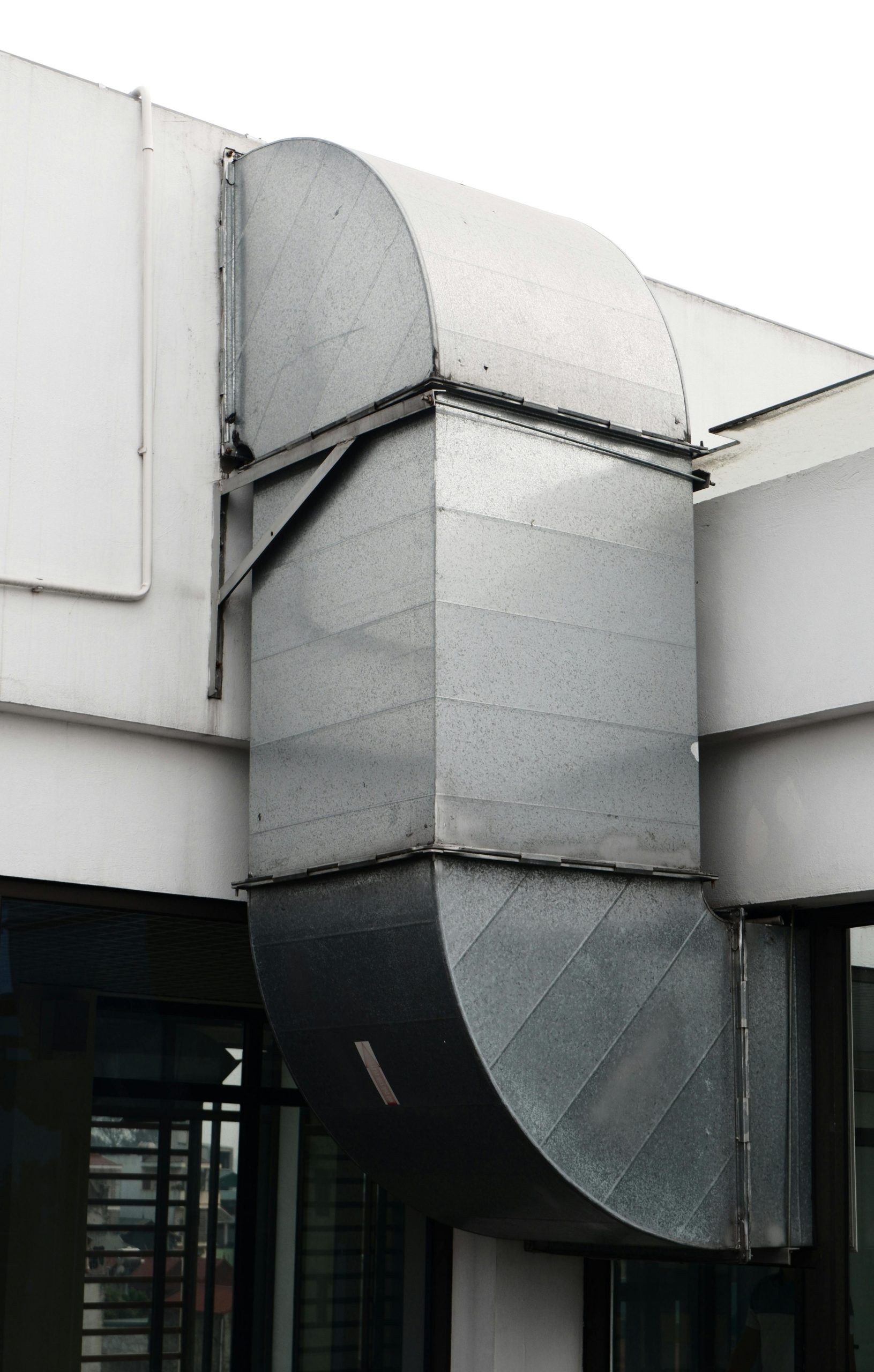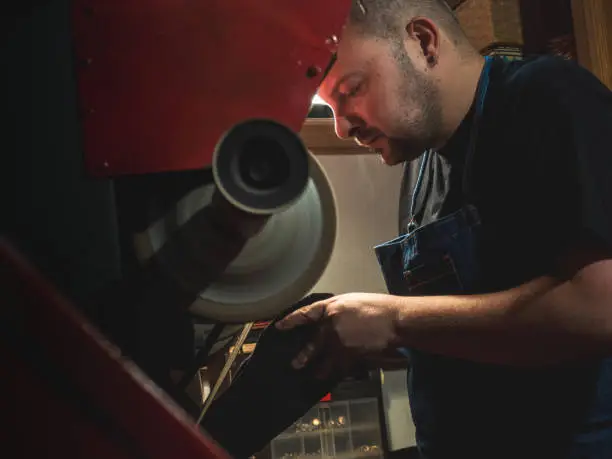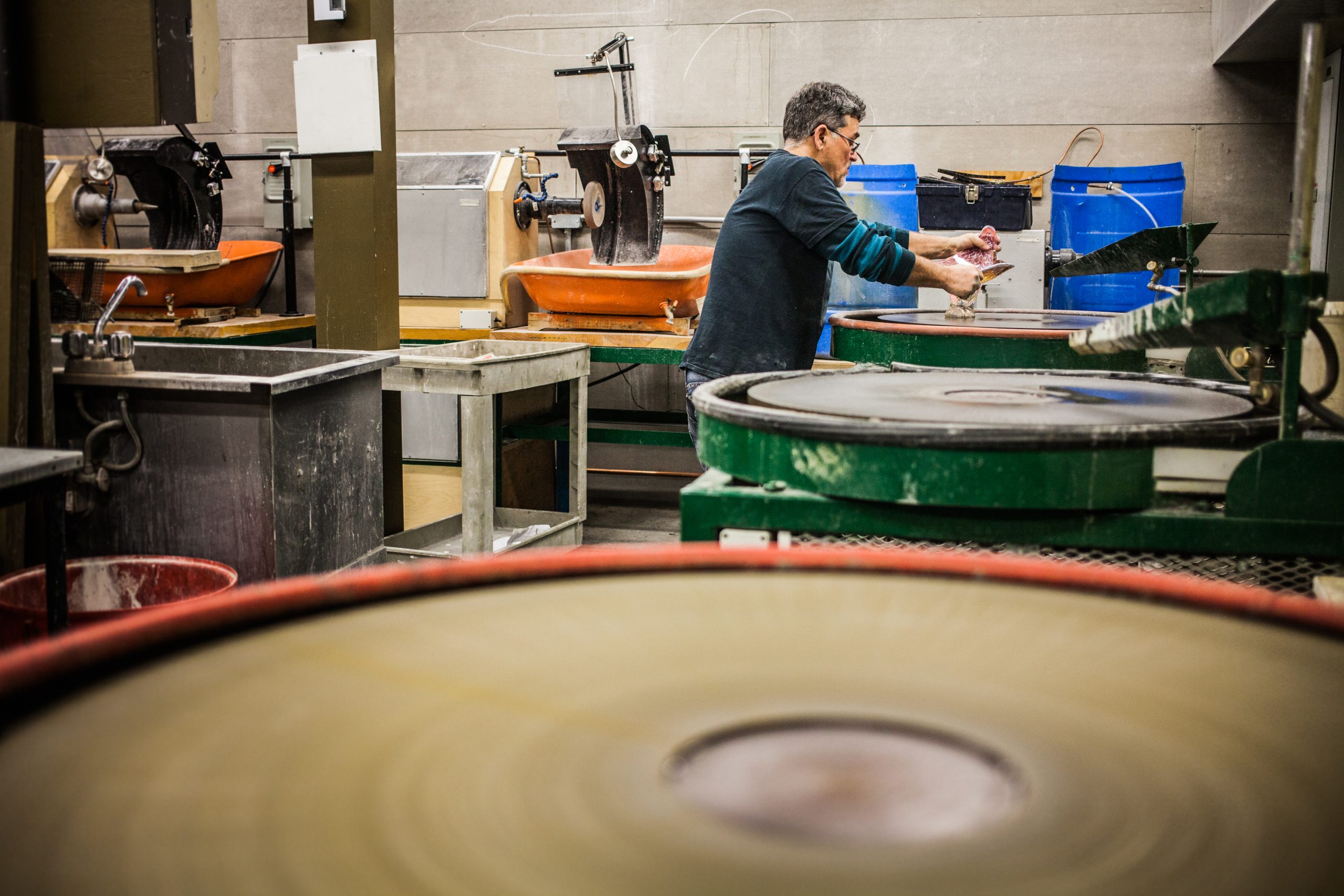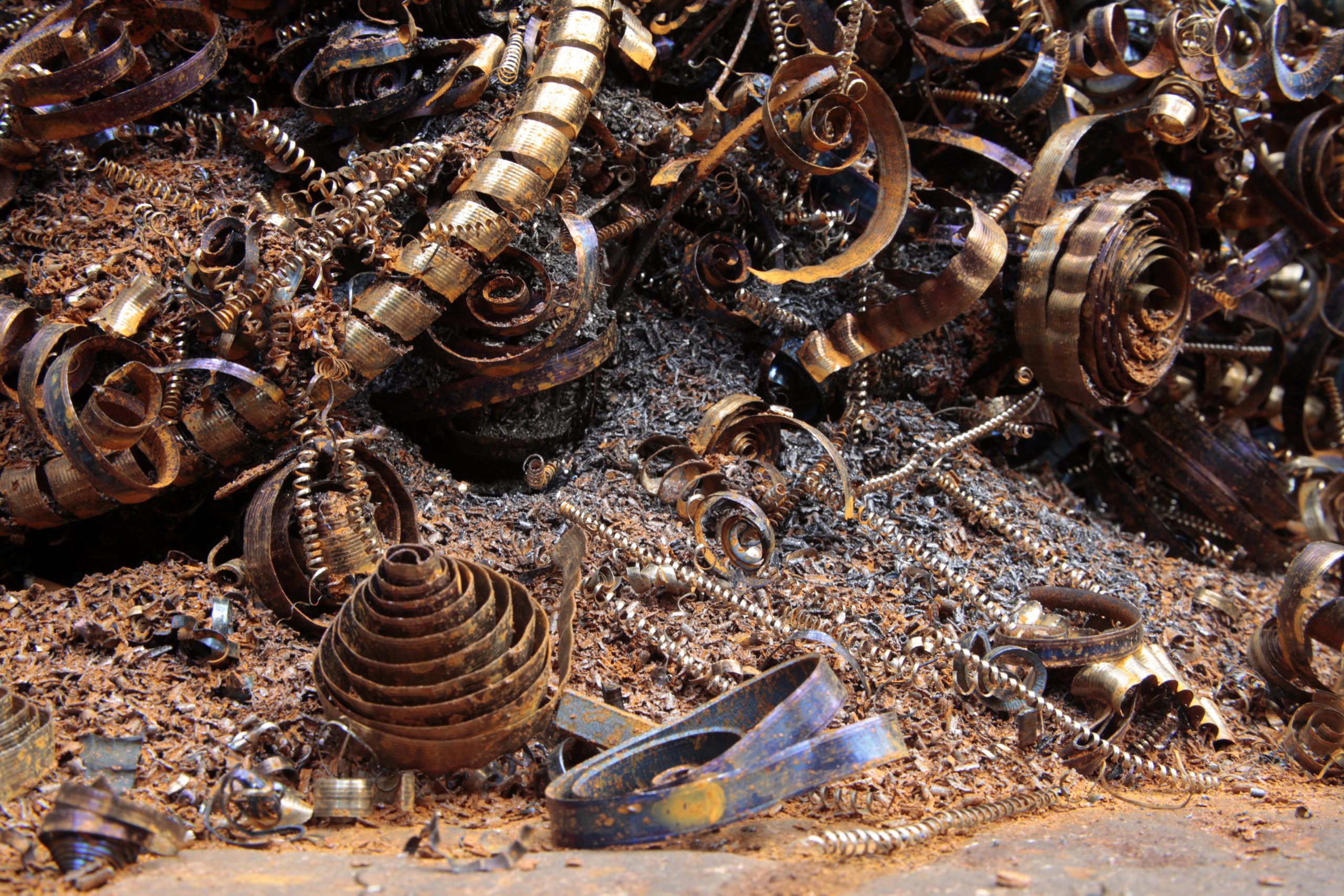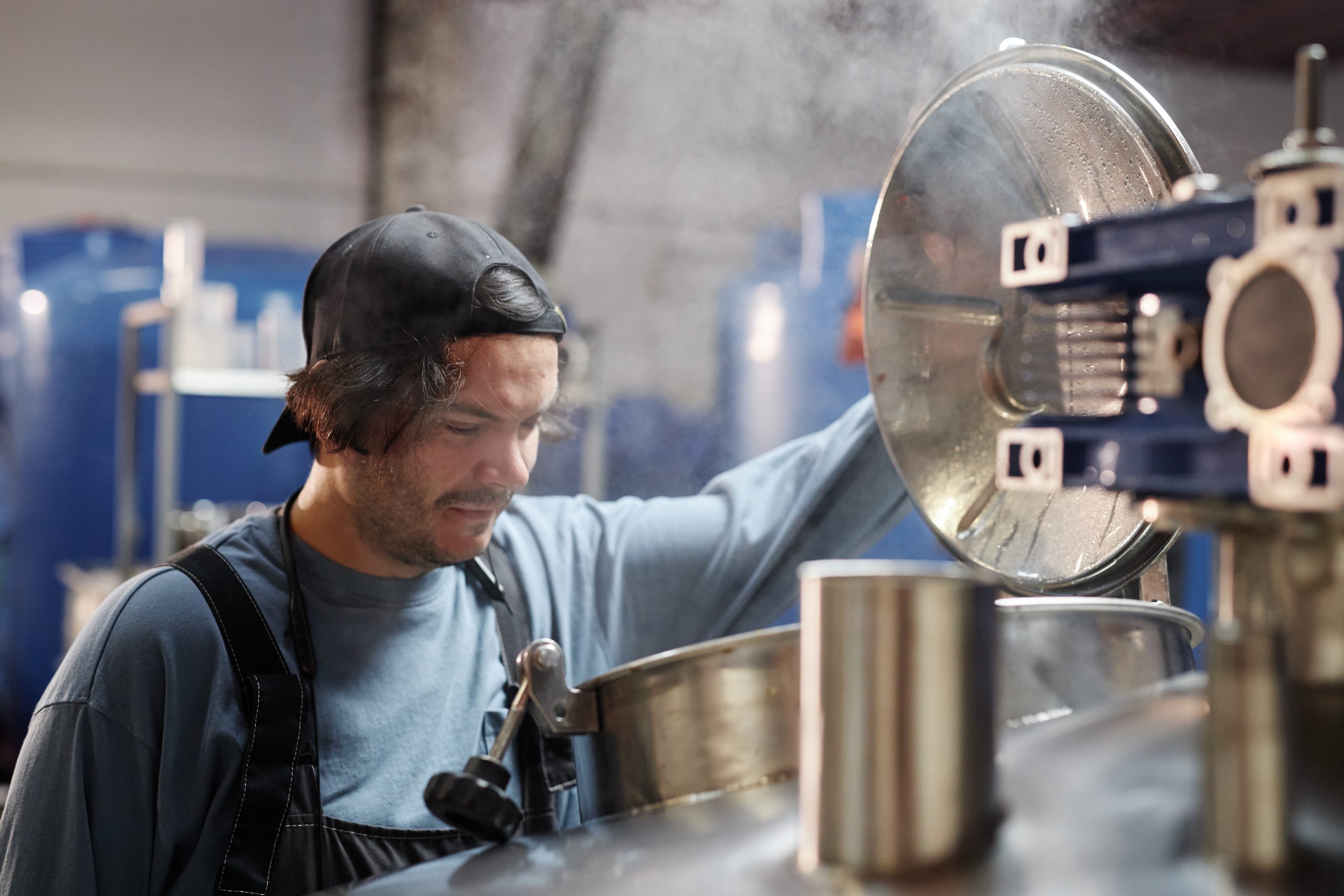Metal spinning plays a crucial role in the manufacturing of heating, ventilation, and air conditioning (HVAC) systems. These systems are responsible for providing comfortable and controlled environments in buildings, and metal spinning contributes to their efficient and reliable operation.
One of the primary applications of metal spinning in HVAC systems is in the fabrication of air ducts. Air ducts play a vital role in channelling and distributing conditioned air throughout a building. Metal spinning allows for the creation of custom ductwork that can be tailored to fit specific building layouts and requirements. This flexibility ensures optimal airflow and efficient heating and cooling, resulting in a comfortable indoor environment.
In addition to air ducts, metal spinning is also used to manufacture fan housings, impellers, and other components that aid in the circulation and movement of air within HVAC systems. The ability to create lightweight yet sturdy parts through metal spinning makes it an ideal choice for achieving energy-efficient and durable HVAC systems.
Next time you enjoy the comfort of a well-regulated indoor environment, take a moment to appreciate the intricate process of metal spinning that contributes to the efficiency and reliability of HVAC systems.

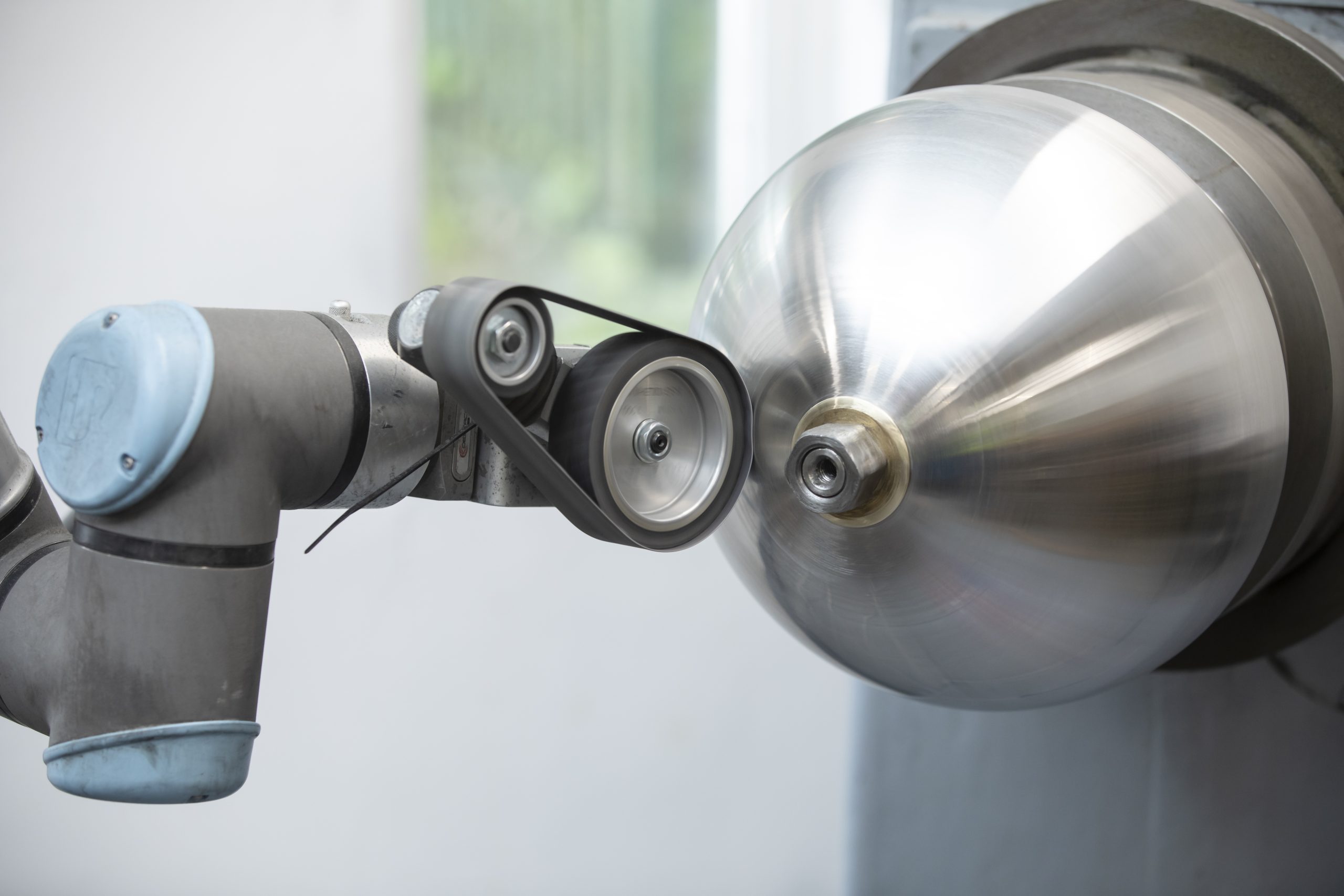 Metal Spinning
Metal Spinning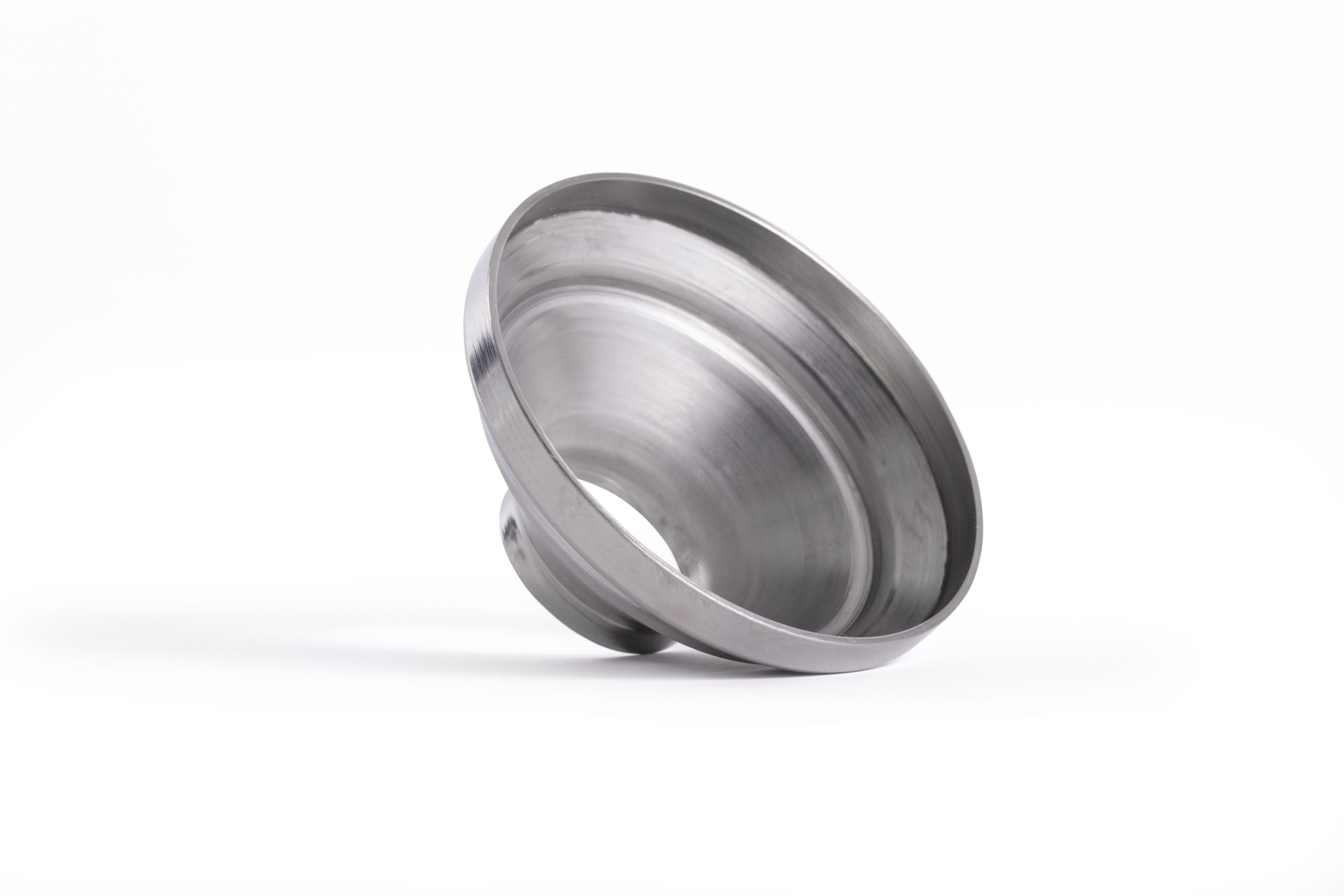 Bespoke Metal Spinning
Bespoke Metal Spinning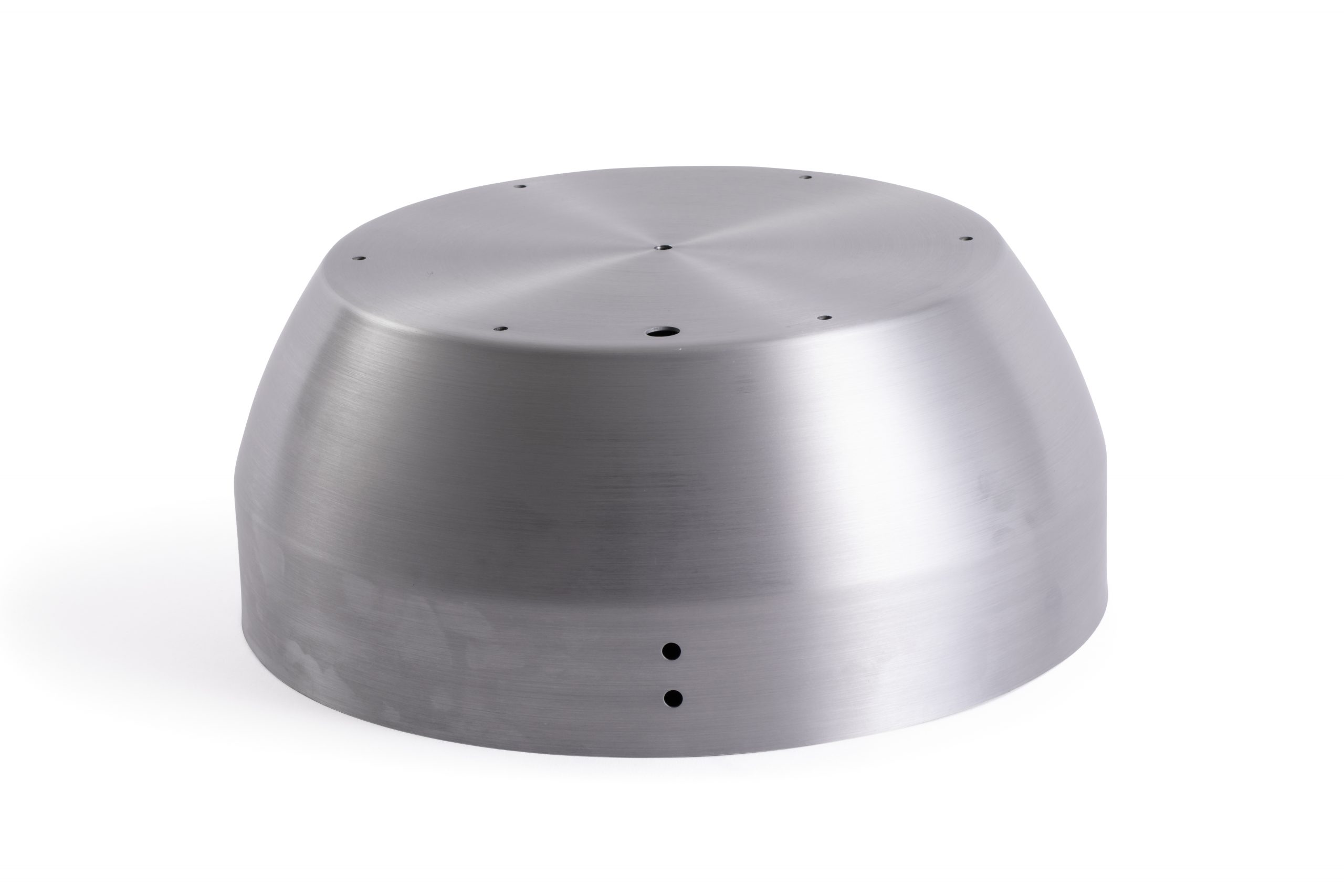 Metal Polishing
Metal Polishing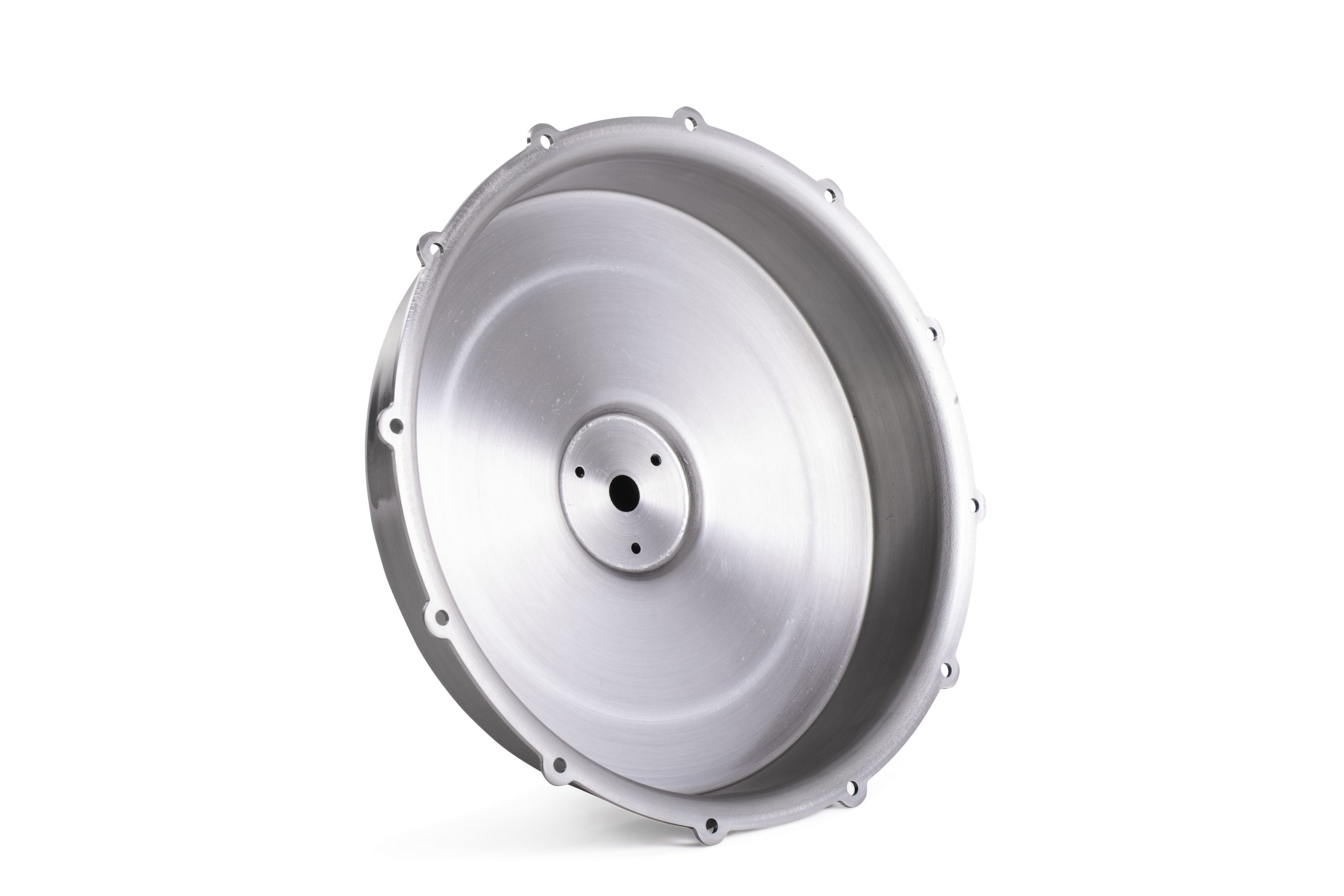 Machining
Machining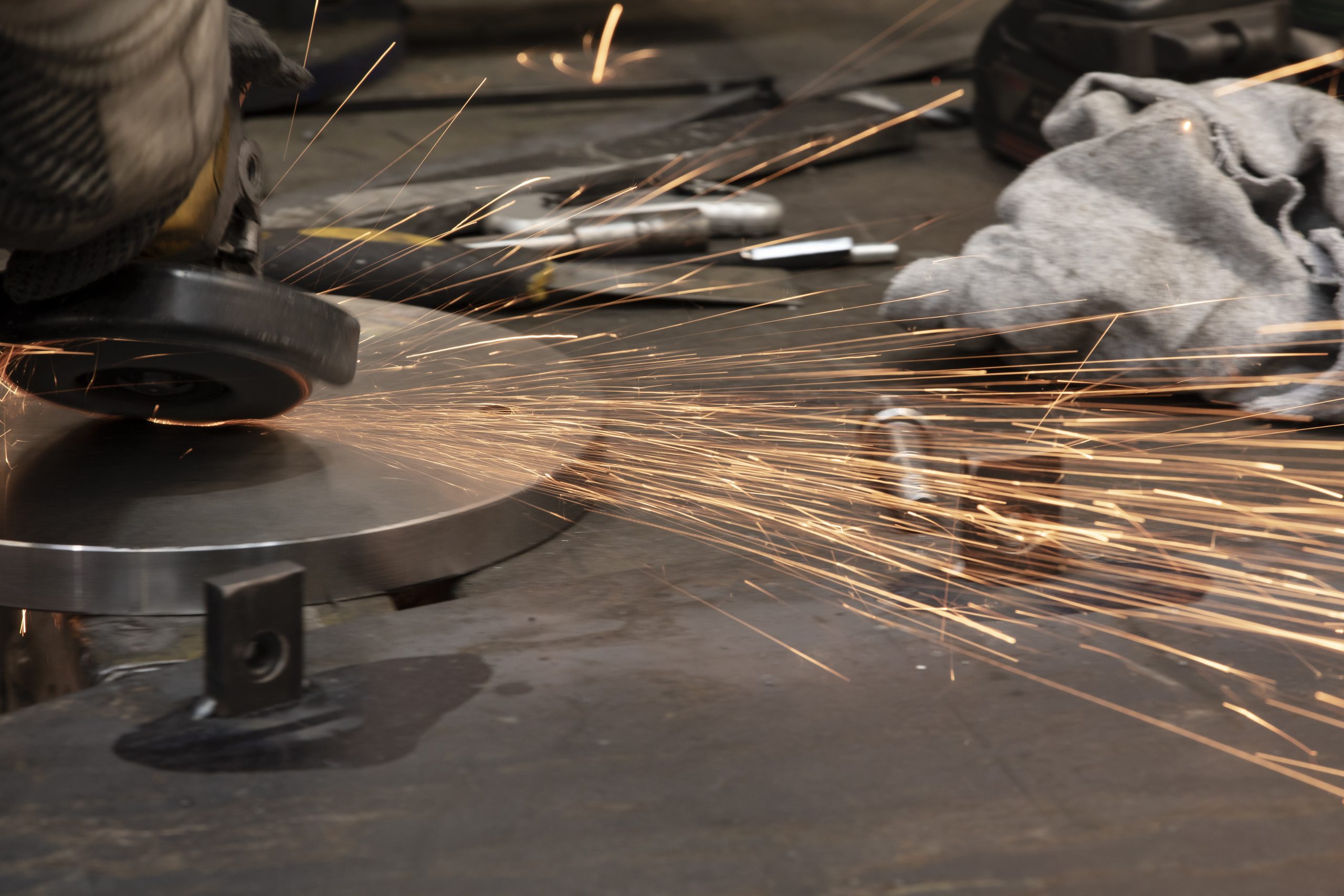 Metal Pressing
Metal Pressing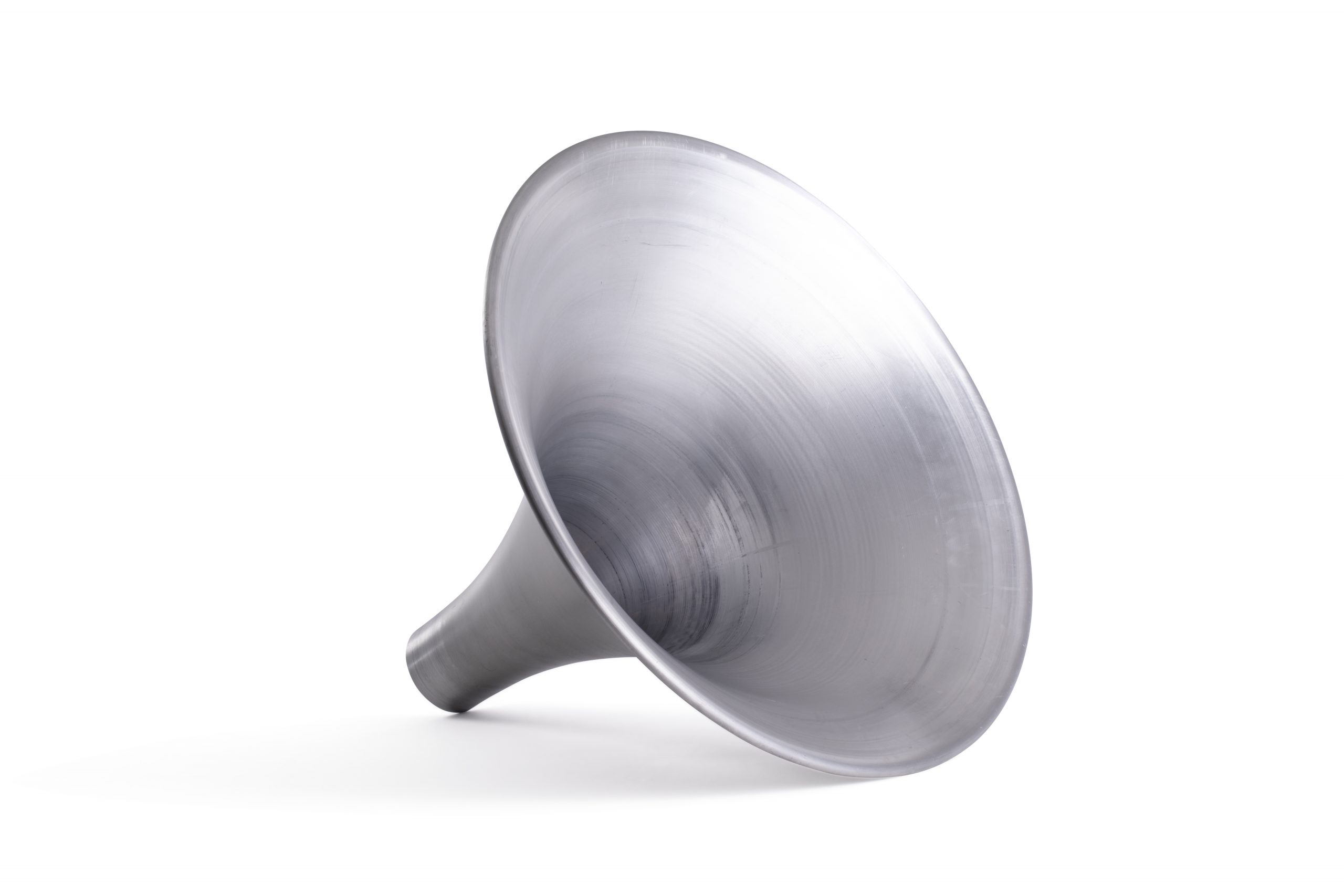 Metal Swaging
Metal Swaging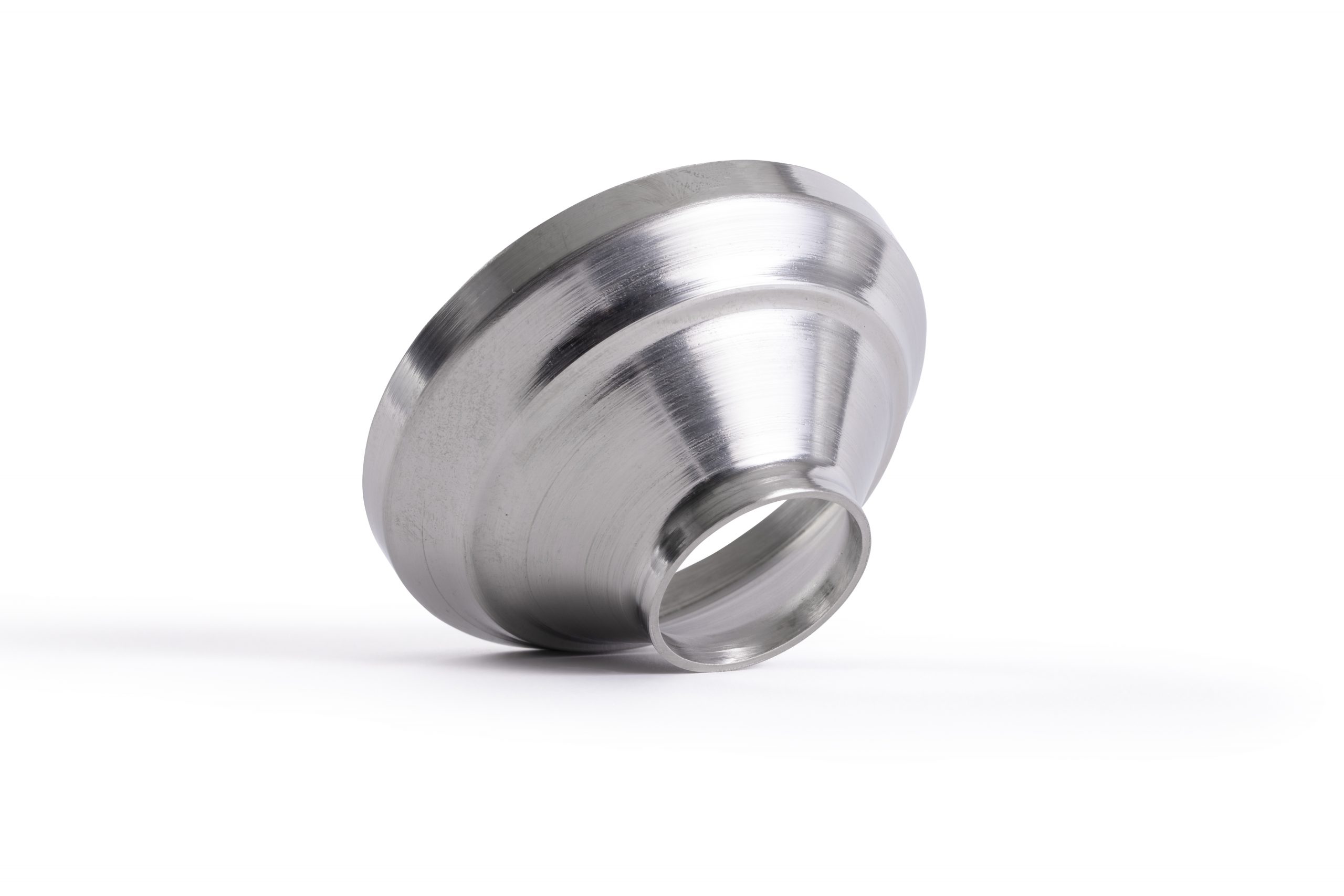 Metal Fabrication & Welding
Metal Fabrication & Welding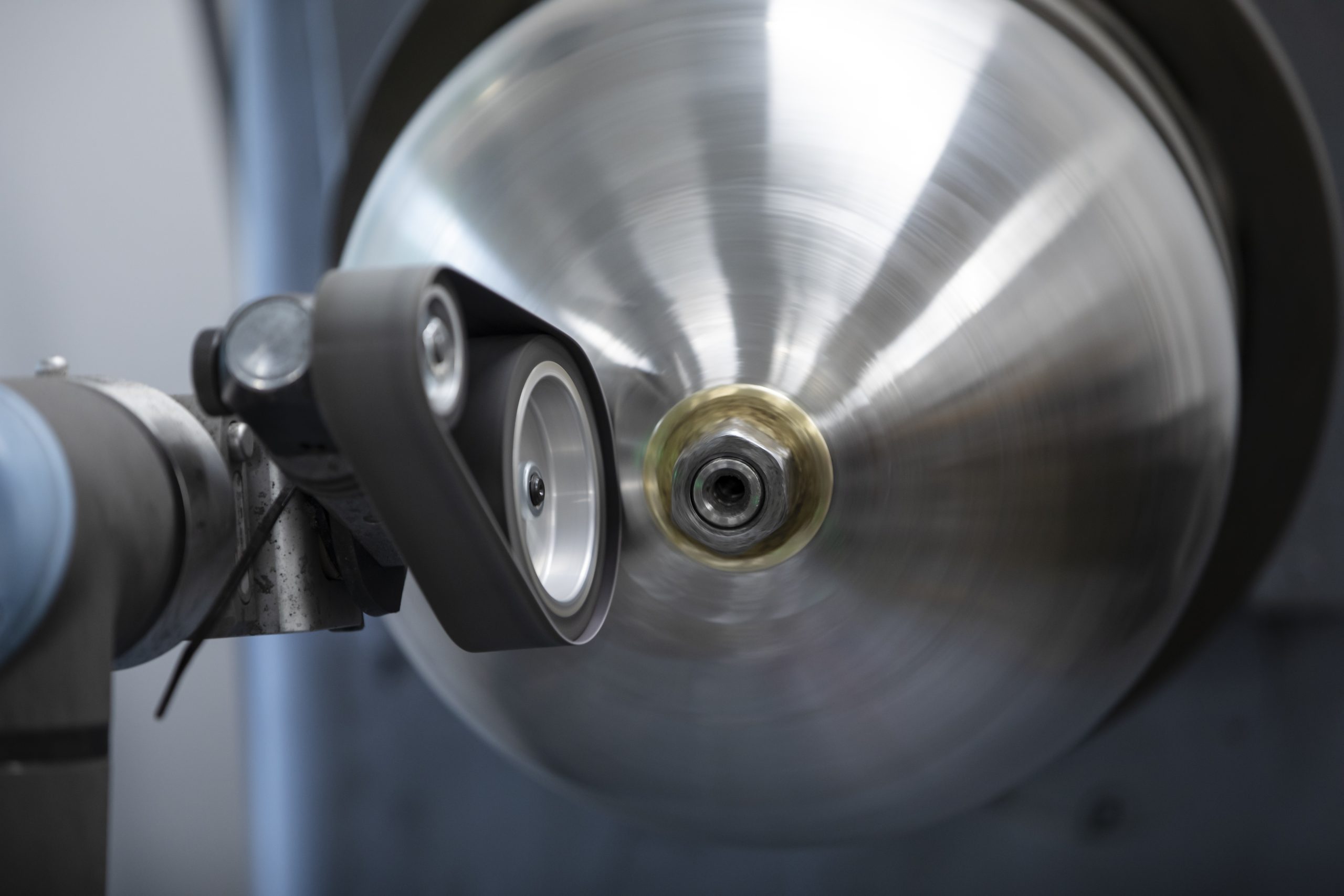 Precision Engineering
Precision Engineering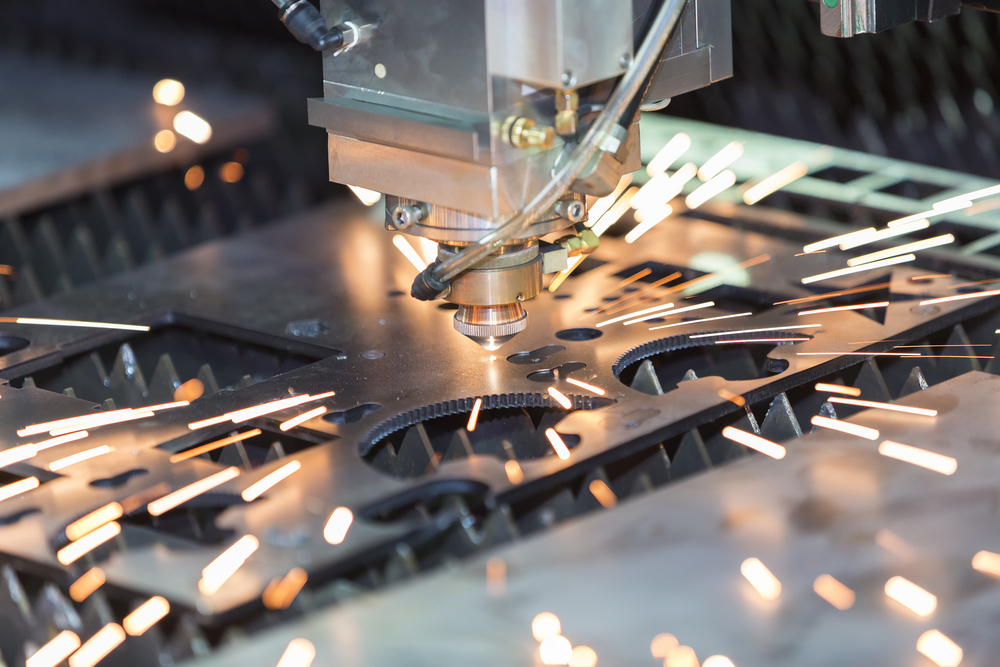 Laser Cutting
Laser Cutting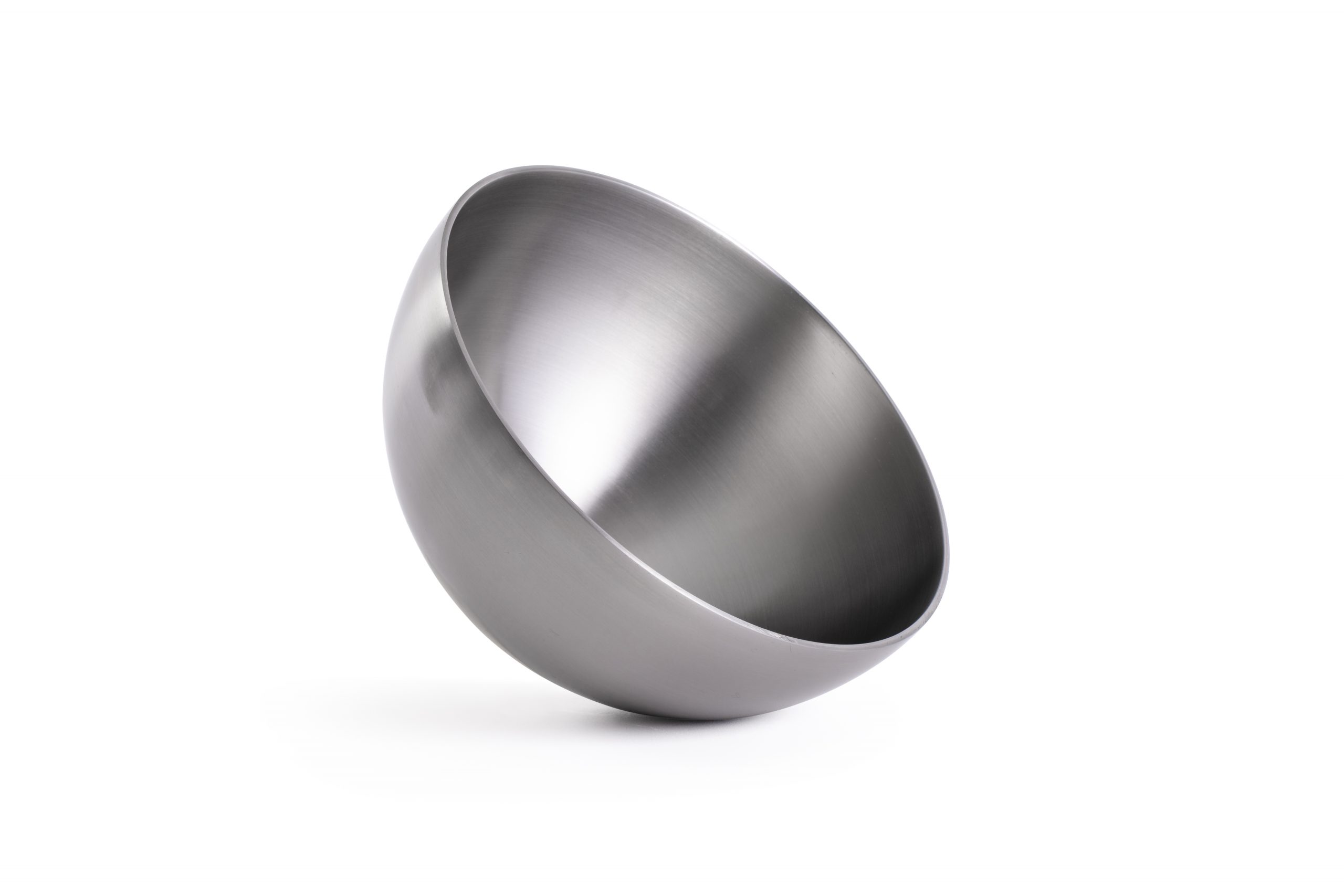 Inspection and Quality
Inspection and Quality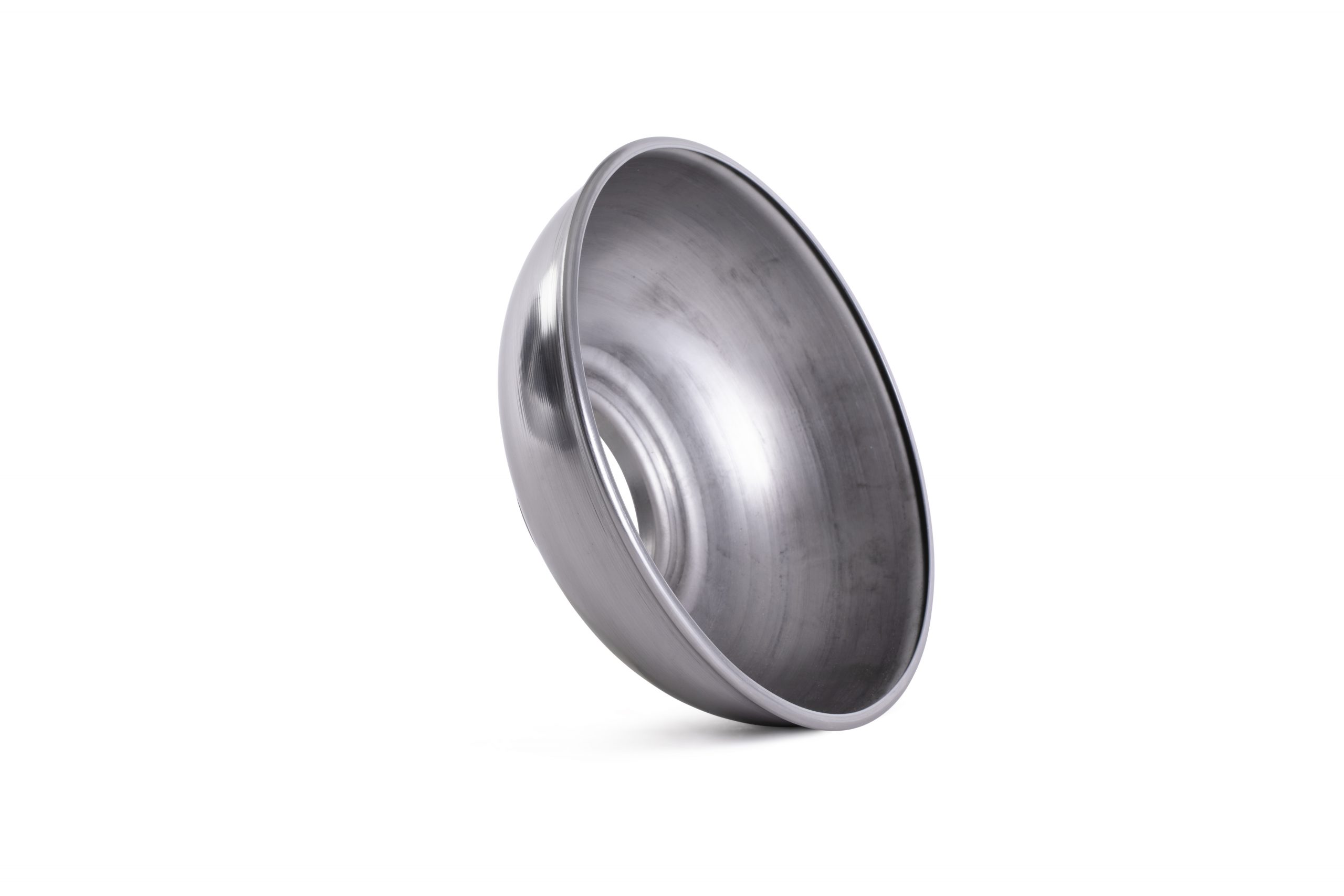 Anodising, Electropolishing and Pickling & Passivating
Anodising, Electropolishing and Pickling & Passivating Agriculture
Agriculture Automotive
Automotive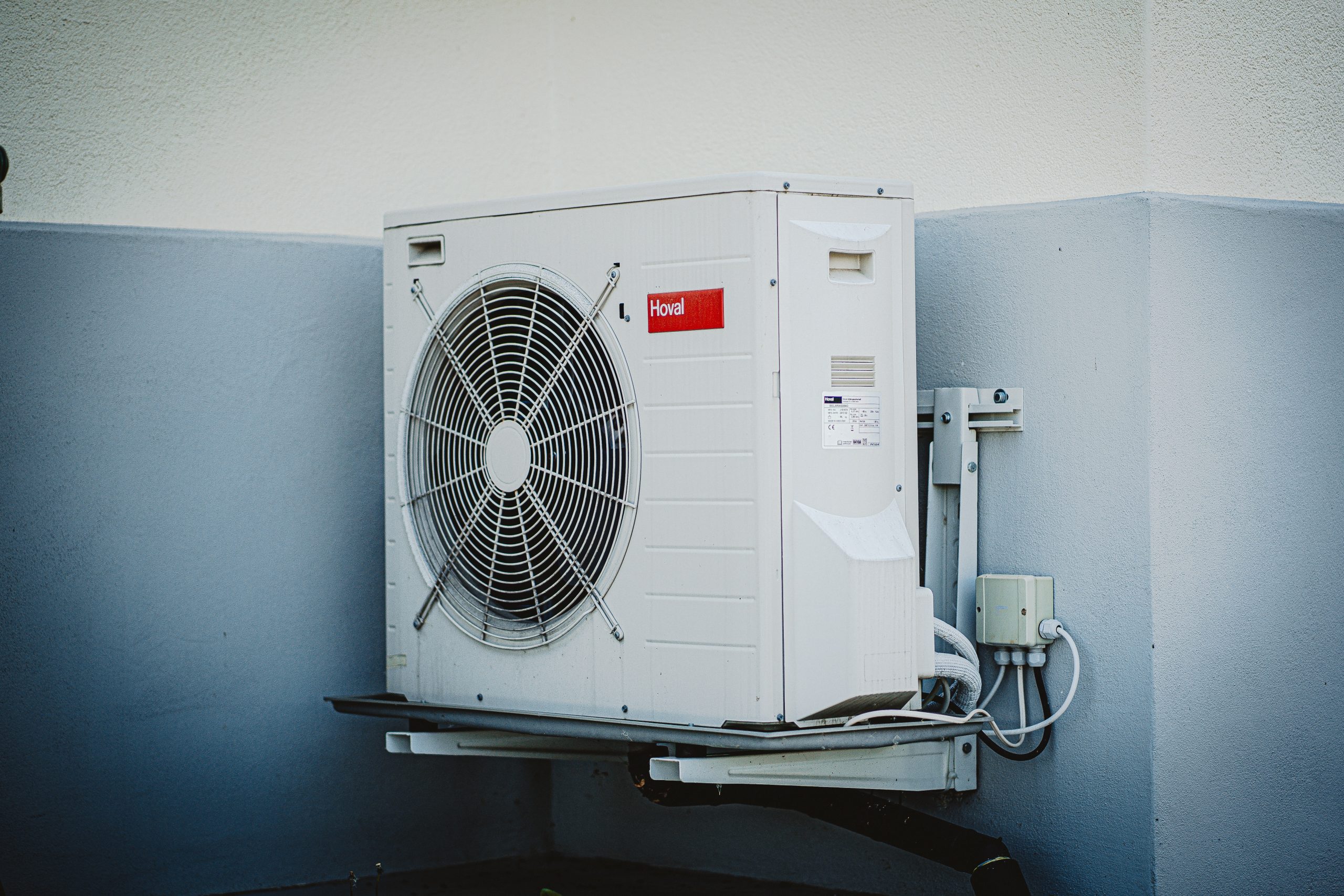 Air Movement
Air Movement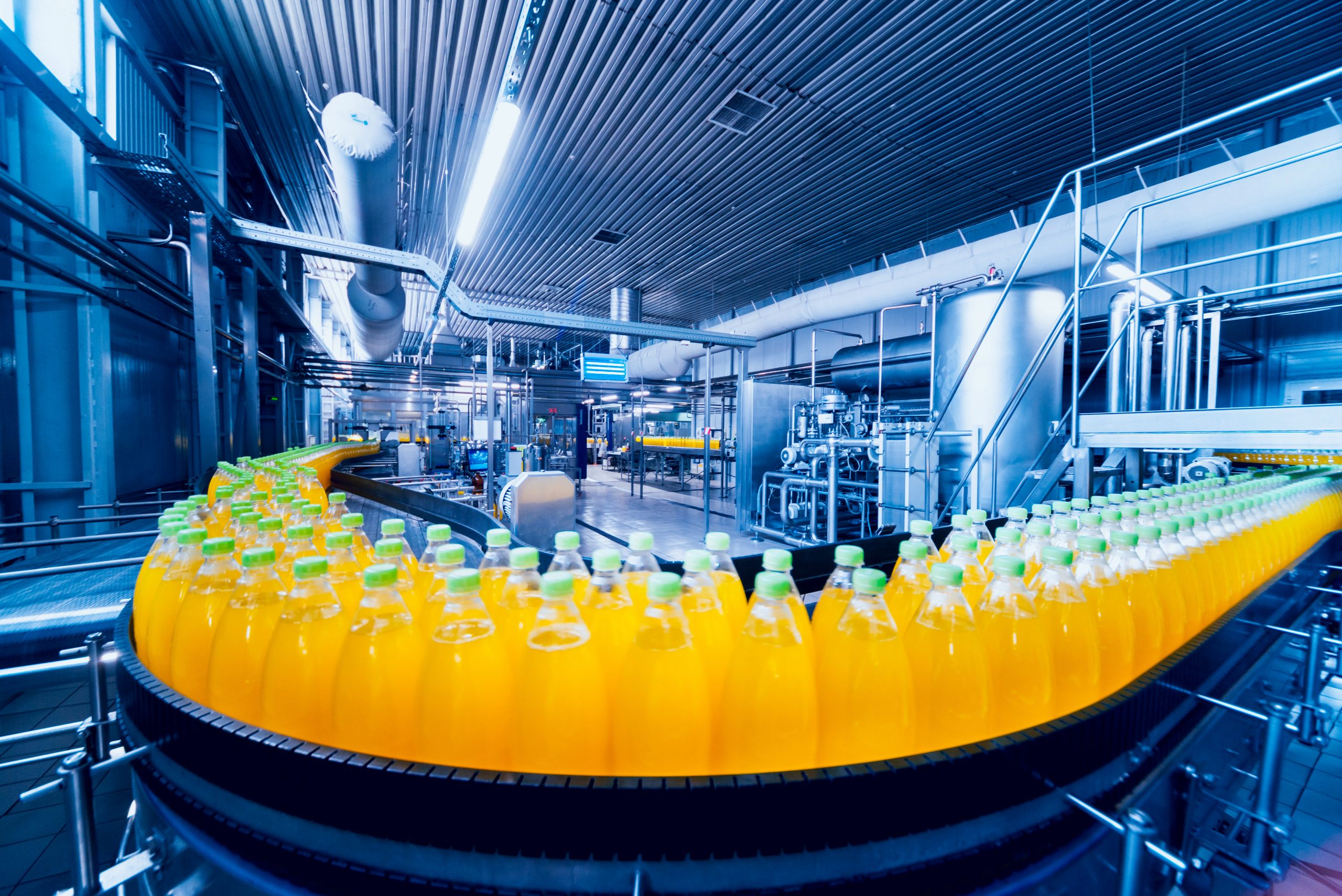 Food Industry
Food Industry Marine
Marine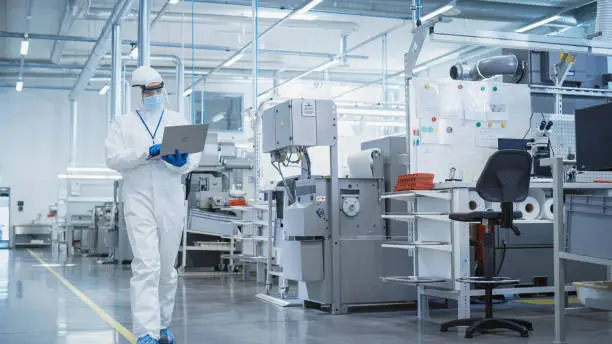 Medical and Cryogenic
Medical and Cryogenic Playground
Playground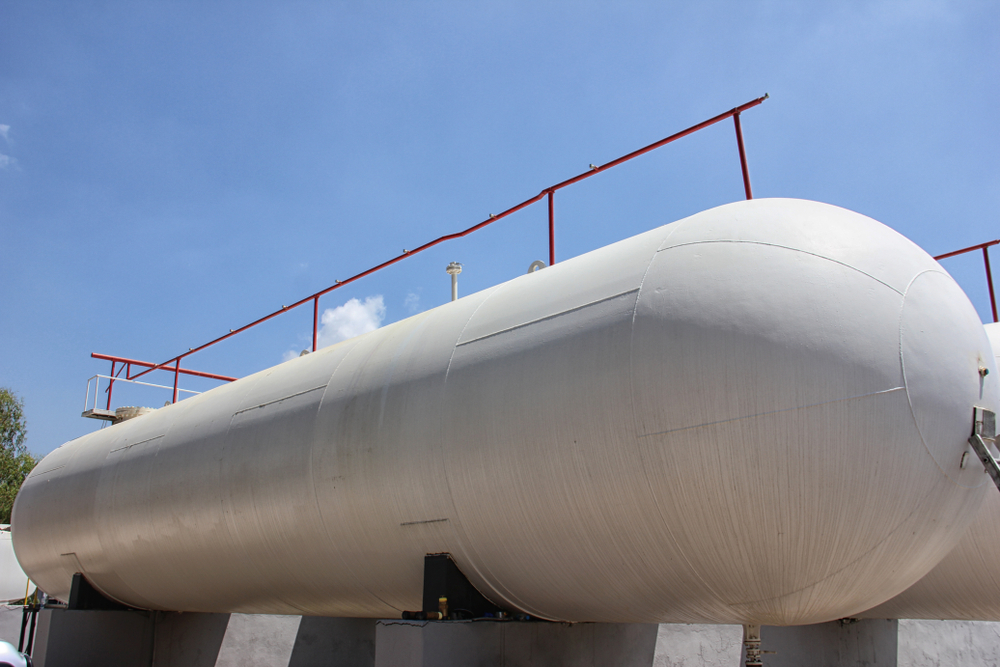 Pressure Vessels
Pressure Vessels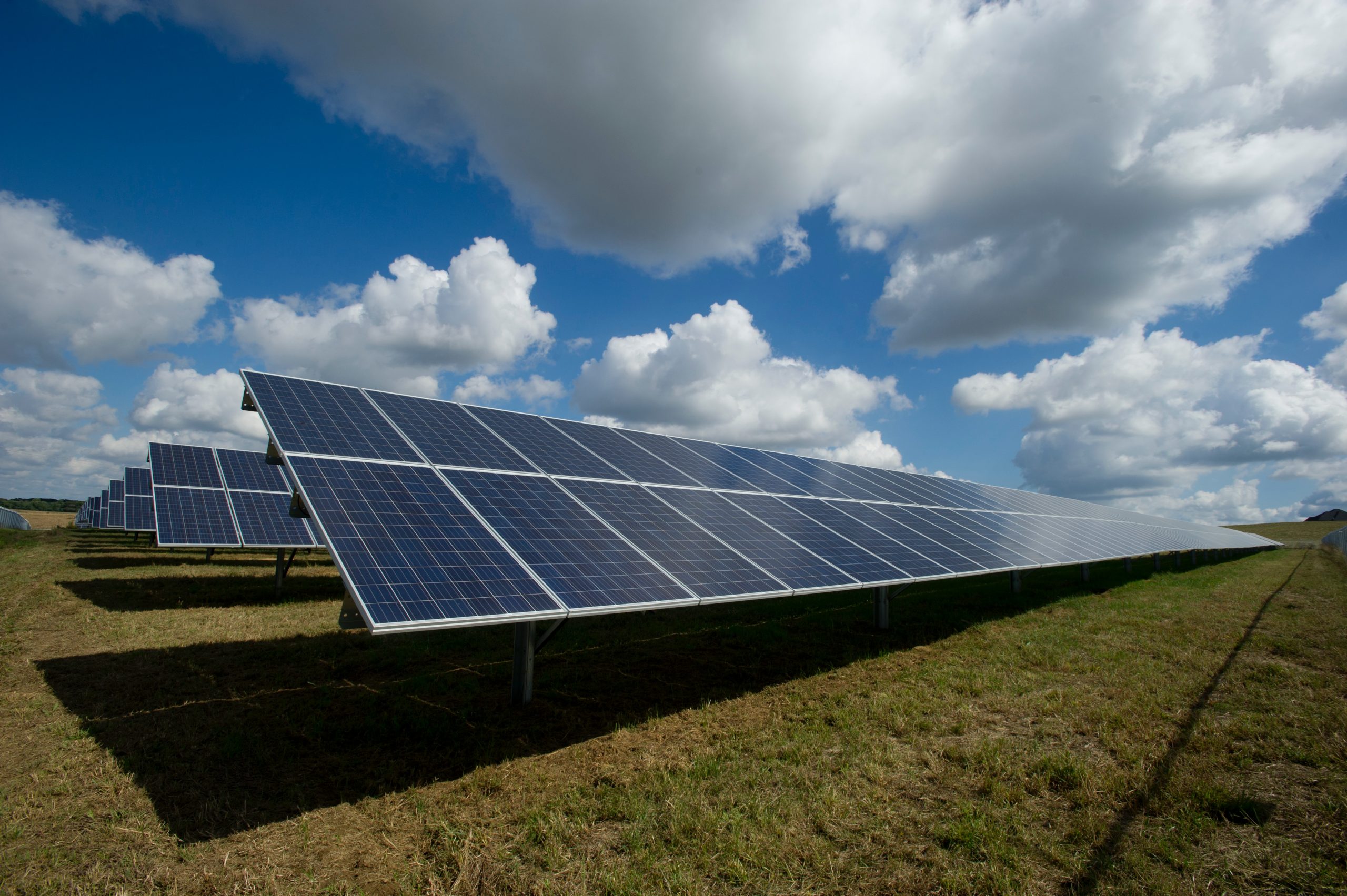 Renewable Energy
Renewable Energy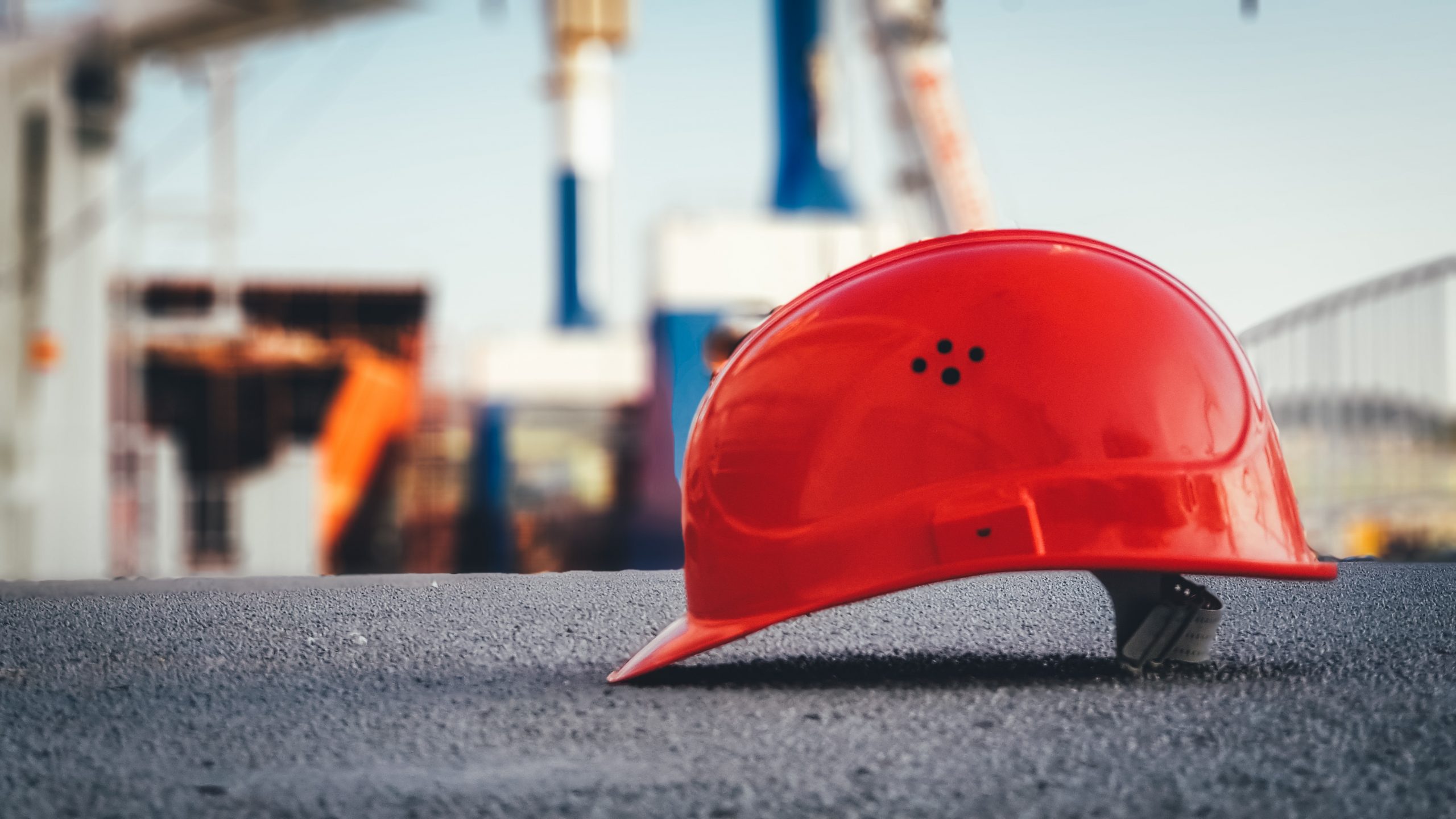 Safety
Safety